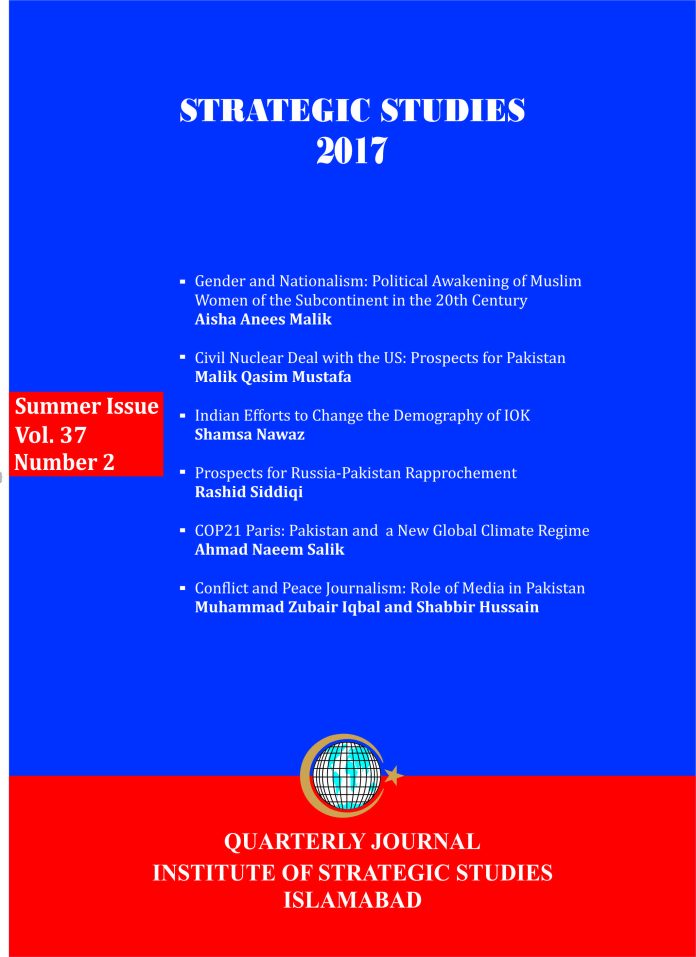The US Pivot and Indian Foreign Policy: Asia’s Evolving Balance of Power revolves around the theme of rise of China and the relative decline in the US power causing transition of power in the international politics. It centres on the assertion that “facing an assertive China in the Asia-Pacific, the US President, Barack Obama, announced in late 2011, his strategy of pivoting toward the region” (p.7). This policy is essentially aimed at balancing China’s growing power in the region, where India is an important component of it. In the light of this assumption, the book examines India’s foreign policy responses, when faced with a changing balance of power in the region. It also looks at how India perceives China’s growing military and economic power. The book has argued that rather than just endorsing the pivot, the Indian foreign policy has shown signs of pursuing a hedging strategy. It is pursuing a three-pronged strategy to manage the emerging strategic transition ─ developing a close relationship with the US, trying to stabilise relations with China and forging a more localised form of balancing by increasing its defence partnerships with other regional powers.
Chapter one tries to make a case that China’s rise is not benign, but a threat to its neighbours and also to global powers like the US. The book argues that China’s peaceful rise is shifting towards an assertive revisionism, which has evoked distrust in Asia and around the world. It further argues that since 2009, China is pursuing its territorial interests in the East and South China Sea and along the Himalayan border with India. It sees China’s massive military modernisation as an attempt at developing asymmetric offensive capabilities to counter the US intervention in the region, while simultaneously exerting control over its smaller neighbours. The authors argue that this has stoked an arms race across Asia. The US on the other hand, refuses to give up its influence and power in the region.













